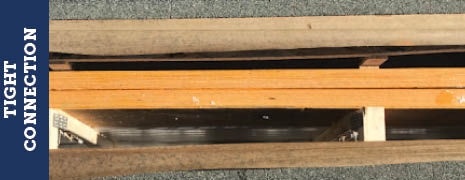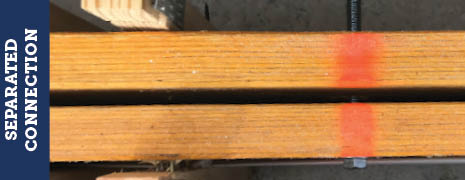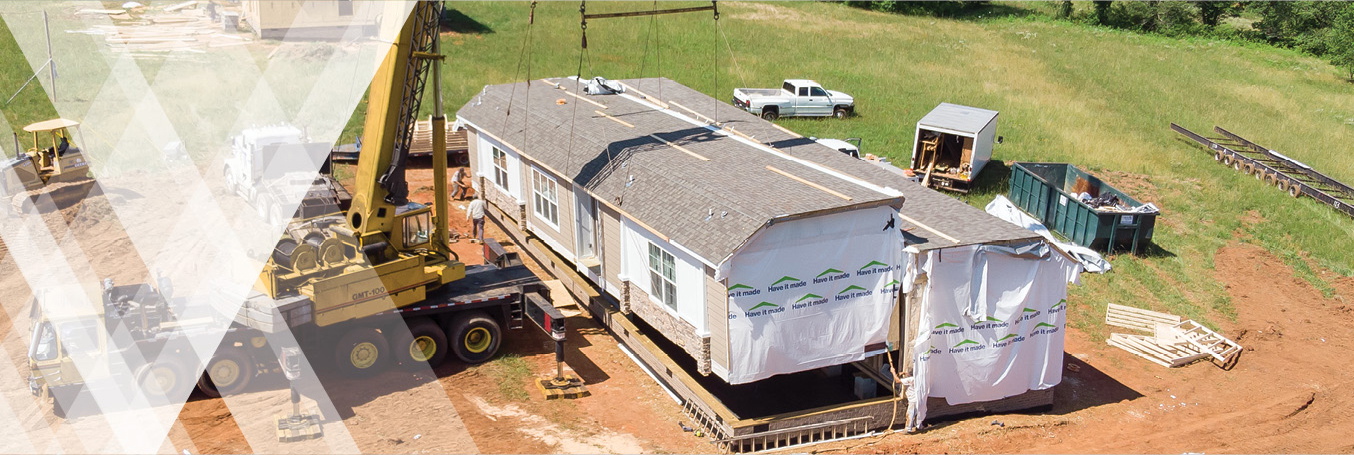Physical Connection: Why a Secure Mateline Connection is Crucial to Manufactured Homes
For all the craftsmanship that goes into building and setting up a manufactured home, the marriage line or mateline connection can be the weakest link in the process and can jeopardize the performance of a great home. Common symptoms of a poor mateline connection are:
- Significant heat loss
- Moisture – wet wallboards
- Water Leaks
- Air Infiltration
- Doors binding
- Carpets and floors shadowing the seams
- Wall and ceiling cracks
So how can we ensure a strong connection?
According to the HUD Code*, the A and B sections of a manufactured home must be installed firmly together at the mateline. All interior and exterior walls, floors, and ceilings along the mateline must be aligned before fastening. There can be no more than an inch of gap between the sections. Wood shims, such as OSB or 1x blocks, must be used to fill the gaps. The shims are not required to be continuous. They can be installed on each side of the fastener connecting each section.
A proper mateline connection is especially important in regions with higher winds. Shearwalls are walls that transfer wind loads from a home’s framework into its anchoring system. Most two-sectioned manufactured homes only have shearwalls in each end of the home. A structurally sound joint around the mateline must be made to transfer the wind loads across the mateline and into shearwalls. Wind loads can only be transferred safely when the sections are properly fastened together.


One of the most important areas to triple check is fastener installation. Improperly installed fasteners on the home may cause several issues, including separation, being unlevel, and home movement, leading to wall and ceiling cracks. The sections of a manufactured home are generally connected along the roof and the floor. Some manufacturers also require marriage wall connections. Since there are different connection methods, it is crucial to reference and follow the Site Construction Manual or Installation Manual provided with each home.
Sections of manufactured homes must be secured together tightly to prevent moisture, air infiltration and air leakage. This is where the mateline gasket plays a crucial role. The mateline gasket is installed on one half of the manufactured home during the production process. The process of securing the sections together compresses the gasket. The mateline gasket then becomes the barrier to air leakage or air infiltration and moisture intrusion. The mateline gasket must be continuous and in good condition. If not, repairs must be made. Refer to the manufacturer’s Site Construction Manual or Installation Manual for approved repairs.
* 24 CFR § 3285.802
